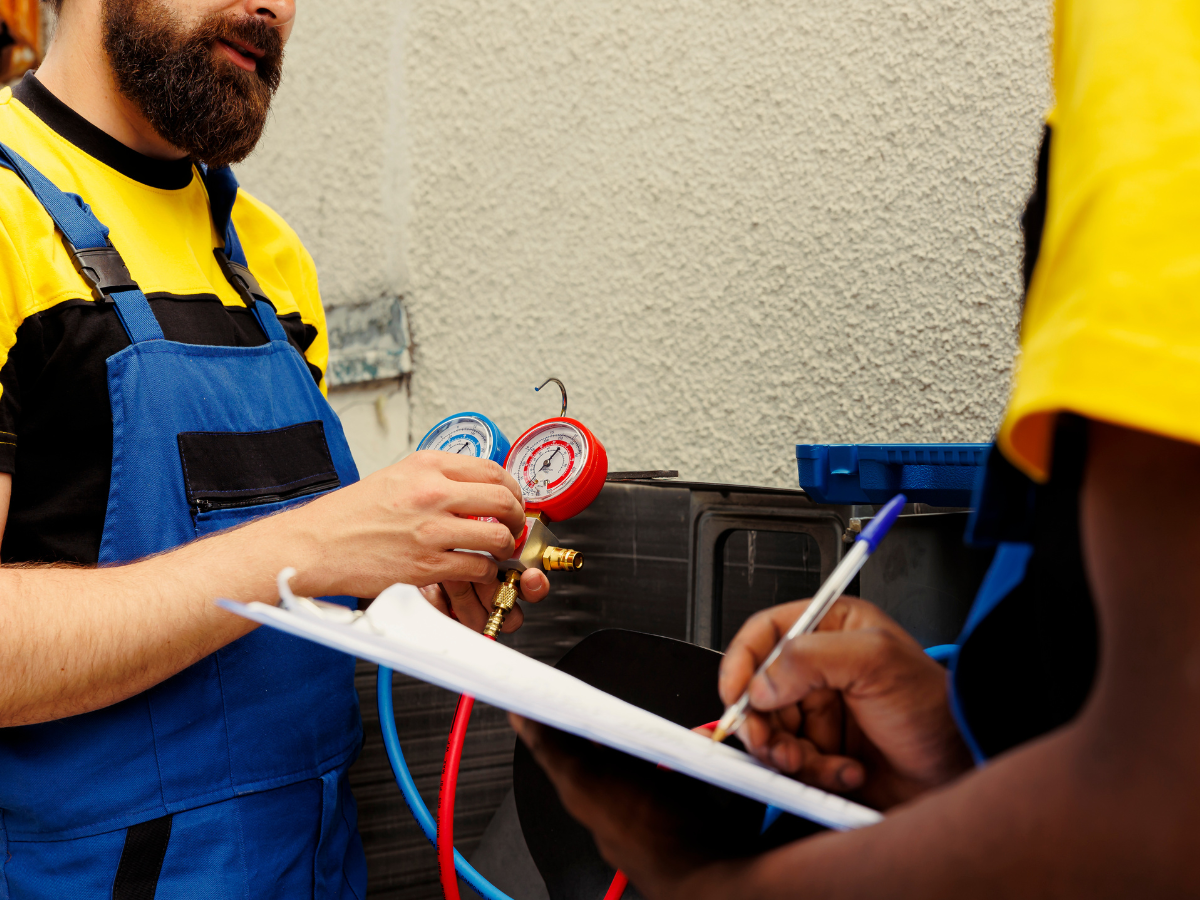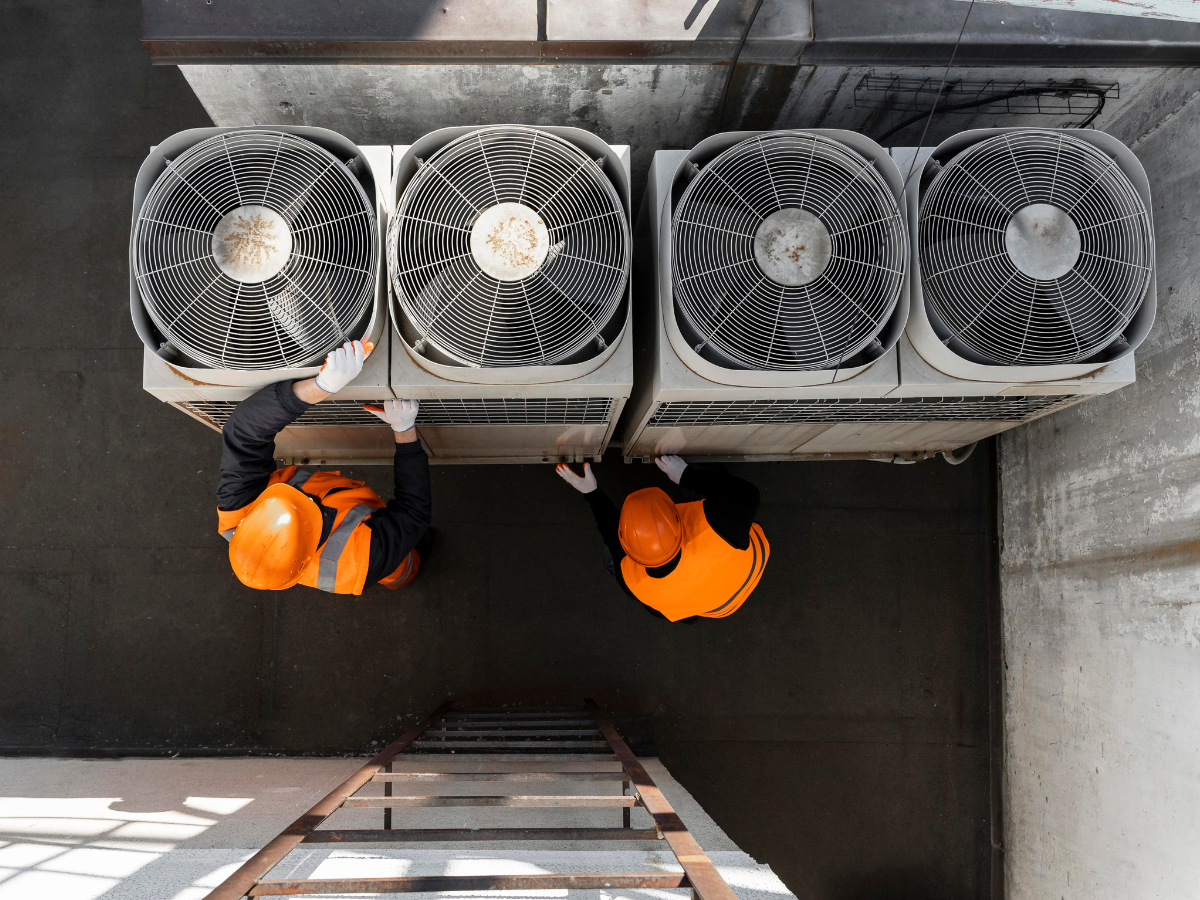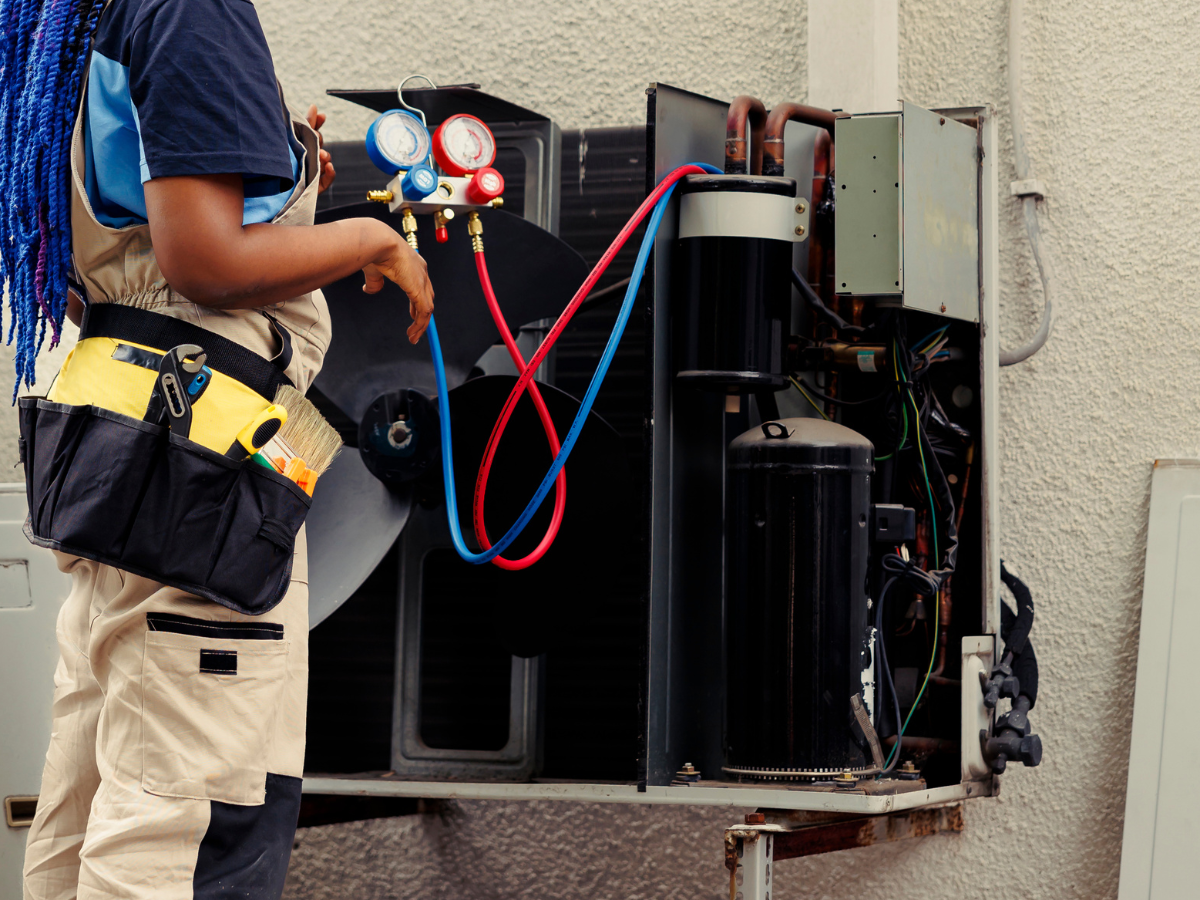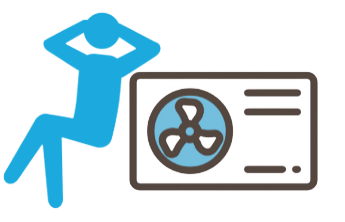Fast and Professional Central Air Conditioner Installation
When temperatures rise, a reliable cooling system isn't just a luxury; it’s a necessity. At Comfort Zone HVAC, we’ve helped countless homeowners feel confident in their cooling systems, especially when considering a central air conditioner installation. Whether you're upgrading from an older unit or installing central air for the first time, getting the right system and having it installed professionally makes all the difference in performance, efficiency, and long-term comfort.
Central Air Conditioner Installation Benefits
A central air system is more than just a way to stay cool. It creates a consistently comfortable environment in every room. That means no more dealing with hot spots in the afternoon or relying on temporary fixes like window units or fans.
Here’s what central air can offer:
- Even cooling across the entire home
- Better indoor air quality when combined with proper filtration
- Lower noise levels compared to other systems
- Cleaner design with no bulky equipment in windows
- Potential increase in property value
We’ve worked with many homeowners who were initially unsure if central air was right for them. After installation, they often tell us the same thing, they wish they had done it sooner.
When Should You Consider a New Installation?
If you're starting to wonder whether it's time to install or replace your cooling system, chances are good that it's worth looking into. Some clear signs include:
- You’ve been calling for repairs more than once a year
- Your current system struggles to cool the whole house
- Your energy bills are higher than they used to be
- The unit is more than 10–15 years old
- You're planning a remodel or addition to your home
One of the most common issues we see is older units running inefficiently, leading to high utility bills and inconsistent comfort. A central air system, when correctly installed, can give you the performance you’re missing.
What a Central Air Installation Involves
Many homeowners assume installing a central system is a one-size-fits-all job, but we know that’s never the case. Every home is different, and installation needs to be tailored to the space, usage habits, and energy goals of each household.
Here’s what we typically include in the process:
1. In-Home Assessment
We start by evaluating your home’s layout, square footage, insulation quality, and current ductwork. If needed, we also discuss whether repairs or upgrades to your duct system would make the new system more effective.
2. System Sizing
Choosing the right size isn’t just about how big your house is, it’s about how your home retains heat, how many occupants you have, and how rooms are used throughout the day. We take everything into account to ensure the system matches your needs without overworking itself.
3. Installation and Setup
Once the equipment arrives, we install it with attention to detail and a focus on safety, cleanliness, and long-term durability. That includes securing electrical connections, configuring thermostats, and making sure airflow is balanced room-to-room.
4. Full System Test and Walkthrough
Before we leave, we make sure your new system runs smoothly. You’ll also get a clear walkthrough on how to use your thermostat, when to replace filters, and how to keep your system performing well in the years ahead.
Common Questions We Hear About Central Air
Will it be loud?
Not at all. Today’s systems are designed to run quietly, especially when properly sized and installed. You’ll likely hear less noise than a window unit or fan.
How long will the installation take?
Most installations take about one to three days, depending on the size of your home and whether ductwork needs to be updated or installed.
What’s the difference in cost between central air and other systems?
While the initial investment can be higher, the long-term efficiency, home comfort, and fewer maintenance issues often make central air more cost-effective over time.
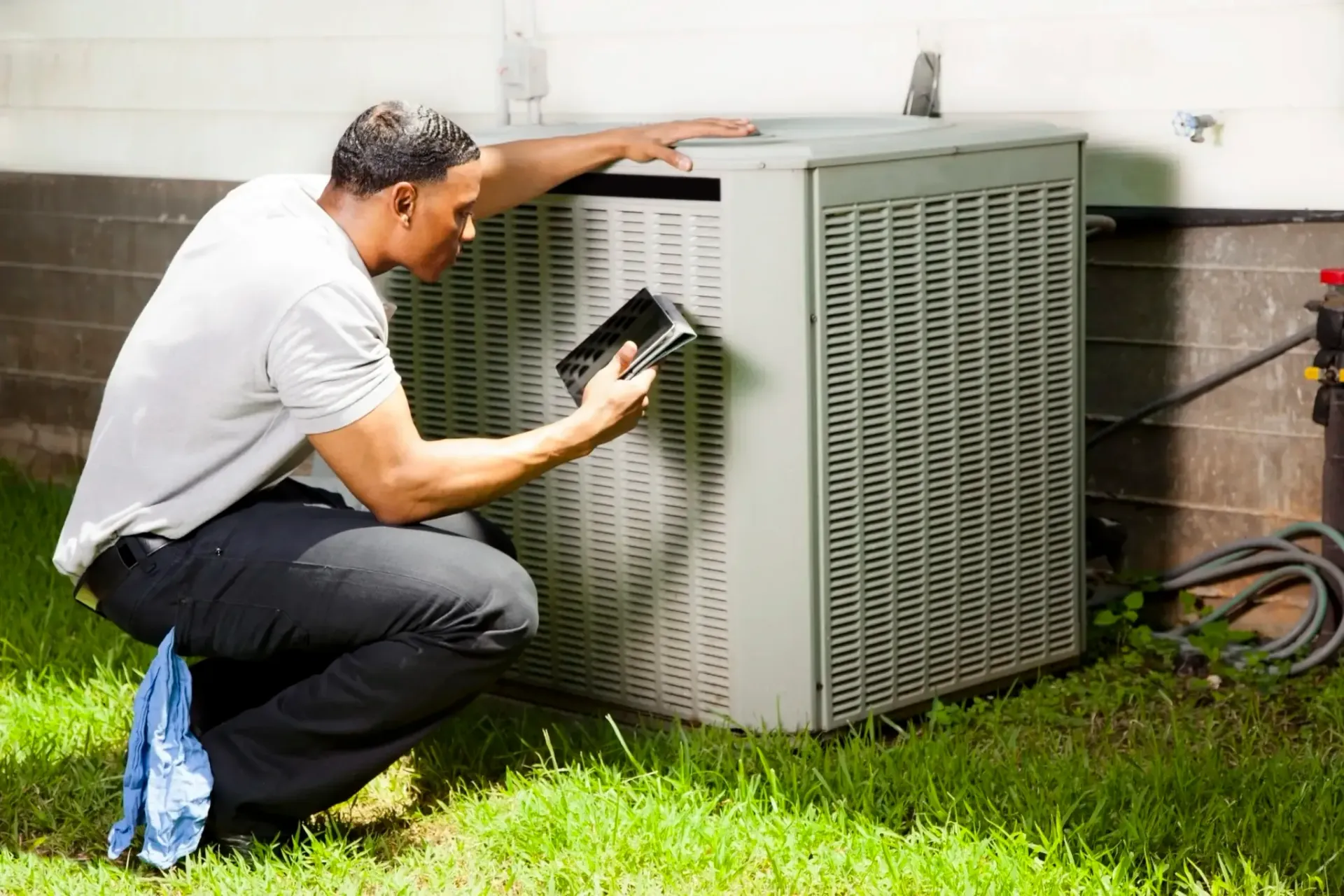
Our Focus on Energy Efficiency
We make it a priority to help homeowners choose systems that not only cool well but also use energy wisely. Units with higher SEER (Seasonal Energy Efficiency Ratio) ratings use less energy to cool your home, and that leads to lower monthly bills.
We also help you explore features like programmable thermostats, zoning options, and airflow adjustments that further improve energy usage without sacrificing comfort.
Long-Term Maintenance for Better Performance
Installation is just the beginning. Keeping your system running efficiently requires a few simple steps:
- Replace filters regularly (every 1–3 months, depending on your home and usage).
- Schedule yearly maintenance with our team to catch small issues before they turn into costly problems.
- Check vents and ductwork for blockages or leaks.
- Keep the outdoor condenser unit clean and clear of leaves or debri.s
Our maintenance programs are designed to make these tasks easy to manage. We’ll remind you when it’s time for a tune-up and offer priority service when you need it most.
The Way We Work
There’s a reason our neighbors throughout Whatcom County continue to refer friends and family to us. It comes down to the way we approach every project, with experience, care, and honesty.
We’ve installed systems in everything from small bungalows to large family homes, and every time, we bring the same level of attention to detail. We’re licensed, insured, and familiar with the latest technologies, but more importantly, we take pride in doing the job right.
We’re not here to rush through an install or talk you into features you don’t need. Our recommendations are based on what works best for your home and your budget.
A Few Tips Before You Get Started
If you’re considering central air, here are a few things to think about:
- Review your home’s insulation: Better insulation helps your new system cool more effectively.
- Check your ductwork: Leaky ducts can waste energy. If you’re not sure, we can take a look.
- Plan ahead: Spring and fall are ideal times to install, before the summer rush begins.
And if you're still not sure, don't hesitate to reach out. We're happy to answer questions, visit your home, and help you decide what makes the most sense.
Making Your Home Comfortable
The right cooling system can make a big difference in your home’s comfort, air quality, and energy costs. If you’ve been considering a central air conditioning installation, we’re here to help you take the next step with confidence.
At Comfort Zone HVAC, we take pride in delivering reliable, professional service that you can count on for years to come. Our team is ready to work with you to create a home environment that feels comfortable every day of the year.
Get in touch with us today to schedule your consultation. We’d be glad to walk you through the process and answer any questions you may have.
You might also like
